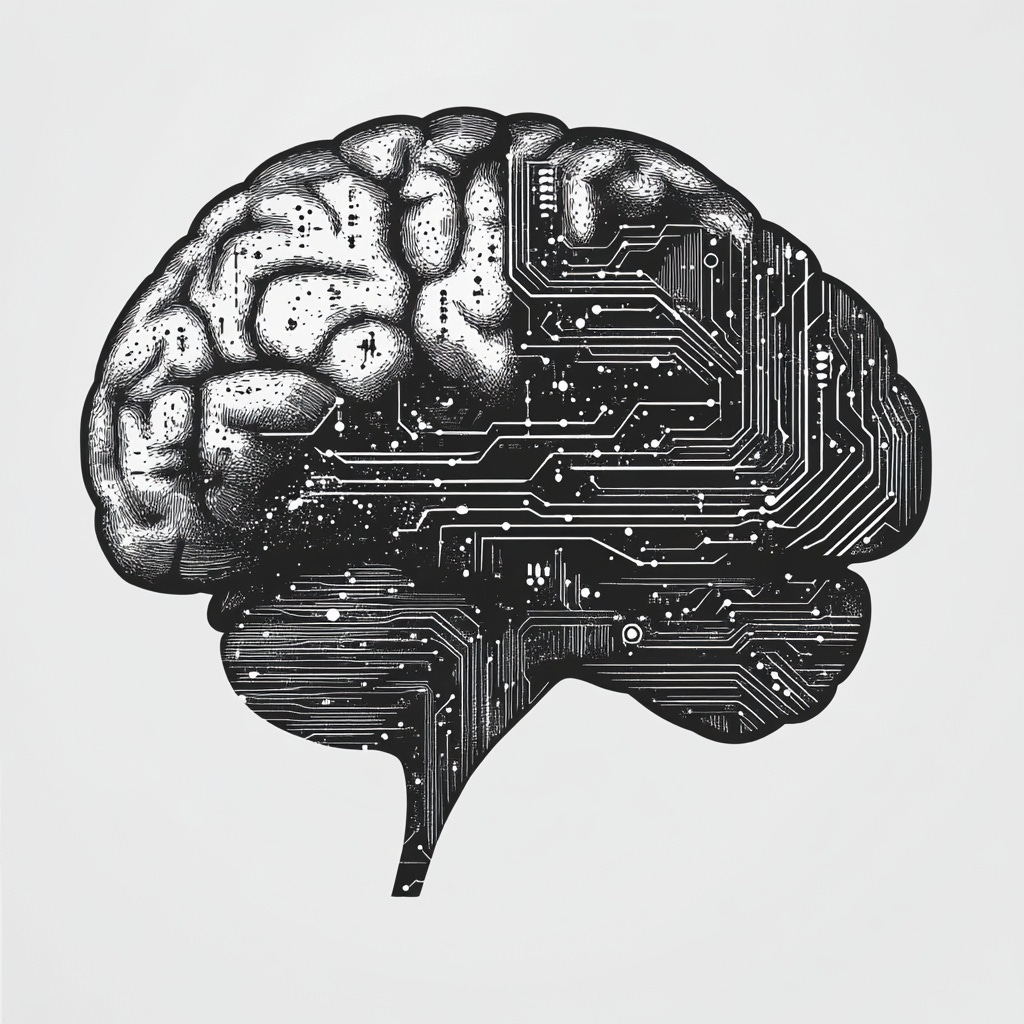Learning at Internet Scale: The Birth of Modern Language Models
From millions of websites to human-like text: discover how training AI on internet-scale data revolutionized artificial intelligence and made tools like ChatGPT possible.
This is part 3 of our six-week series exploring the key breakthroughs that enabled modern AI. Catch up with our summary post or start from the beginning with The Transformer Revolution.
The breakthrough that enabled today's powerful AI systems wasn't just better algorithms—it was a fundamental shift in how we teach machines to understand language. This shift to large-scale pretraining transformed what AI could achieve and laid the foundation for modern Large Language Models (LLMs).
The Limits of Traditional AI Training
Before large-scale pretraining, AI systems learned through supervised learning, requiring carefully labeled datasets where humans specified the correct answer for each example. This approach severely limited AI's potential. Creating labeled datasets was time-consuming and expensive, and models could only learn specific tasks they were trained for. The systems struggled with generalization and novel situations, and their scale was ultimately constrained by human labeling capacity.
The Pretraining Revolution
The breakthrough came when researchers realized they could leverage the vast amount of text already available on the internet. Instead of requiring human labels, they gave AI systems a simple task: predict the next word in a sequence of text. This self-supervised learning approach transformed the field. Models could now learn from billions of words without human labeling, discovering patterns and relationships independently. The scale of training data expanded dramatically, limited only by computing power rather than human effort.
How Large-Scale Pre-training Works
The process involves three key components working together: massive data collection, prediction tasks, and pattern recognition at scale.
At the foundation is comprehensive data collection, drawing from millions of websites, digital books across all topics, articles, discussions, and documents in multiple languages and writing styles. This diverse corpus provides the raw material for learning.
The prediction task seems deceptively simple: the model repeatedly tries to predict masked or hidden words in sentences. When given "The capital of France is [MASK]," it learns to predict "Paris." Through "Heat water until it begins to [MASK]," it predicts "boil." Through billions of such predictions, the model develops a deep understanding of grammar, syntax, factual knowledge, and common sense relationships.
As pattern recognition occurs at scale, models develop sophisticated internal representations of language. They learn to recognize patterns across different contexts, with larger models capturing increasingly subtle relationships. This scale leads to "emergent" capabilities—abilities that weren't explicitly trained for but arise naturally from the model's broad exposure to language.
Birth of Large Language Models
Large Language Models are the direct result of this pre-training approach. These neural networks contain billions or trillions of parameters and are trained on hundreds of billions of words. They can understand and generate human-like text while performing tasks they weren't explicitly trained for.
The scale of modern LLMs is staggering. GPT-3 features 175 billion parameters and trained on 570GB of text. Google's PaLM pushed further with 540 billion parameters and 780 billion tokens of training data. While GPT-4's architecture details remain private, it likely represents an even larger leap forward.
Why Scale Matters
The "large" in Large Language Models isn't just about size—it fundamentally changes what these systems can do. At sufficient scale, models develop emergent abilities not present in smaller versions. They can understand nuanced instructions, demonstrate reasoning capabilities, and perform complex tasks without specific training. These abilities emerge organically as models grow larger, similar to how human cognitive capabilities emerge with increased learning and experience.
Technical Challenges and Solutions
Large-scale pre-training introduced significant technical hurdles that required innovative solutions. The computing power requirements pushed the boundaries of what was possible, while training stability at scale presented new challenges. Memory limitations and optimization issues threatened to halt progress. Yet researchers persevered, developing better optimization algorithms, improved training techniques, more efficient model architectures, and methods for distributed training across thousands of GPUs.
The Path Forward
Large-scale pre-training continues to evolve. Current research explores multimodal training that combines text, images, and video. Scientists are developing more efficient training methods and improved model architectures while enhancing reasoning capabilities. This breakthrough has fundamentally changed AI development, enabling systems that can understand and generate human-like text at unprecedented levels of sophistication.
Next week, we'll explore how Foundation Models built upon these breakthroughs to make AI more accessible than ever. Want the big picture? Check out our summary of all five breakthroughs that created modern AI.
About BrainJoy
BrainJoy is on a mission to equip educators and students with the tools and skills they need to thrive in a rapidly changing, AI-driven world. We take them under the hood, providing hands-on AI experiences, classroom-ready lesson plans, and expert resources to help teachers confidently bring the excitement and potential of artificial intelligence to their students.
With Brainjoy, middle and high school STEM teachers can:
Teach how AI works instead of just how to use it.
Engage students with interactive AI tools that make abstract concepts tangible.
Save time with multi-week AI curricula that integrate seamlessly into existing courses.
Stay ahead of the AI curve with curated articles, guides, and insights from industry experts.
We believe every student deserves the opportunity to explore and understand the technologies shaping their future. That's why we're committed to making AI education accessible, practical, and inspiring for teachers and learners alike.
Ready to bring the power of AI to your classroom? Sign up for a free trial of Brainjoy today and empower your students with the skills of tomorrow.
Visit brainjoy.ai to learn more and get started.



